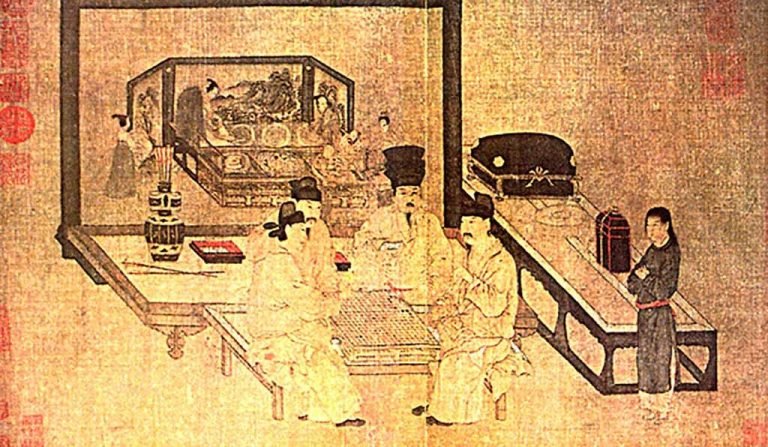When you think of screen printing today, you probably picture bold t-shirt graphics, gig posters, or branded tote bags. But the roots of this versatile print method stretch back over a thousand years—and its journey from ancient stencils to high-tech presses is a fascinating one.
Where It All Began: Ancient China
Screen printing, also known as silk screening, traces its origins to Song Dynasty China (around 960–1279 AD). Artists and artisans in China developed an early stencil technique where patterns were cut into paper or leaves and then reinforced with human hair to create a mesh. Ink was pushed through the mesh onto fabric, usually silk, to create intricate designs.
This method quickly proved effective for repeating patterns with precision, especially on textiles and scrolls. As the technique evolved, the Chinese began using fine silk mesh stretched across wooden frames, which is where the term "silk screen" originated.
Spreading Through Asia: Japan’s Innovation
From China, the technique spread to Japan, where it became an integral part of fabric dyeing and decorative arts. Japanese craftsmen refined the process further, creating katagami, a stencil method using waterproofed paper and intricate cutting tools. They often used human hair or fine silk for the mesh, along with natural dyes.
These techniques weren’t just functional—they were beautiful. Japanese screen prints often depicted nature scenes, mythological figures, and ornate patterns with remarkable precision.
Slow Arrival in the West
Despite its effectiveness, screen printing didn’t make its way to Europe until the 18th century, likely due to trade routes and cultural exchange. At first, it was used mainly for decorative wallpaper and fabrics. However, silk was expensive and hard to come by in Europe, limiting the method’s popularity.
It wasn’t until the early 20th century—with the industrial revolution in full swing and synthetic materials becoming available—that screen printing began to grow in the West.
20th Century: The Technique Becomes a Movement
In the 1930s, screen printing became more commercial and accessible. Innovations in photo-reactive stencils allowed printers to transfer photographic images to screens, leading to an explosion in visual complexity and creative freedom.
By the 1960s, screen printing was booming. Artists like Andy Warhol brought it into the fine art spotlight with iconic works like the Marilyn Monroe series. At the same time, printers and entrepreneurs used it for posters, signage, and—perhaps most famously—t-shirts.
The rise of screen printing in pop culture and advertising cemented it as one of the most recognizable and influential printmaking techniques in the modern world.
A Process That Keeps Evolving
Today, screen printing has gone far beyond its ancient roots. With innovations like automated presses, UV inks, discharge systems, hybrid digital integration, and eco-friendly practices, the art continues to thrive in both creative and commercial spheres.
And yet, the heart of screen printing remains the same: a stencil, a mesh, some ink, and a surface to bring ideas to life.
At Torches Print Shop, we honor that legacy by blending time-tested craftsmanship with cutting-edge technology—keeping the spirit of screen printing alive with every pull of the squeegee.







Leave a comment
This site is protected by hCaptcha and the hCaptcha Privacy Policy and Terms of Service apply.